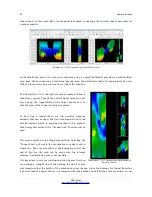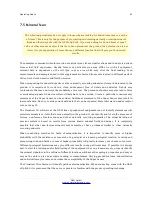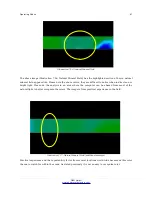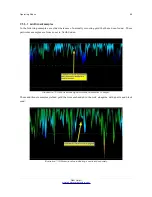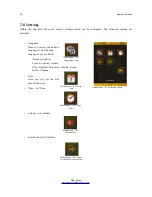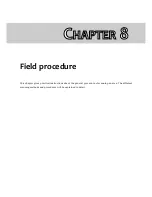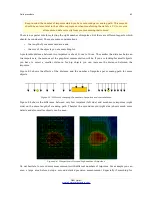
74
Operating Modes
7.6.3 Using the FS-Thermoscan
The FS-Thermoscan is a measuring instrument to recognize differences in temperature within the
surrounding area. So it is possible to identify objects and structures of different temperatures.
Possible applications are:
•
detection of voids (caves, tunnels, rooms
and faults)
•
visualization of the heat distribution and
•
measurement of differences in
temperature.
The capacity for the thermal absorption of different
materials is an important parameter for the
detection of buried voids. The inspected area heat
up itself during the day because of the solar
irradiation evenly. On the areas where no voids are
situated under the surface more heat can be absorbed than in areas where a void is situated under the
surface. During the night the ground emit the saved heat to the environment. During this process areas
with subterranean caves, tunnels or boxes achieve faster the balance of temperature with the
surrounding atmosphere. Thereby a cold zone arise on the surface of the ground on this position where
the cavity is situated under the ground.
Like explained above cold zones can indicate possible cavities. The diagram in Illustration 7.37 shows
the temperature sequence of a test measurement. The FS-Thermoscan has been pointed horizontally to
the hillside and than moved slowly from the left to the right. In the area between 6 and 14 meters a clear
decrease of temperature can be recognized – a possible indication for a subterranean void.
OKM GmbH
www.okmmetaldetectors.com
Illustration 7.36: Using the FS-Thermoscan
Illustration 7.37: Graph showing thermal values
Summary of Contents for eXp 4500
Page 1: ...FS Future Series eXp 4500NT Version 1 5 User s Manual ...
Page 5: ...5 9 2 Control Scans 93 OKM GmbH www okmmetaldetectors com ...
Page 9: ...1 Introduction CHAPTER 1 Introduction ...
Page 14: ......
Page 35: ...3 Technical Specifications CHAPTER 3 Technical Specifications ...
Page 39: ...4 Scope of Delivery CHAPTER 4 Scope of Delivery ...
Page 44: ......
Page 78: ......
Page 88: ......

